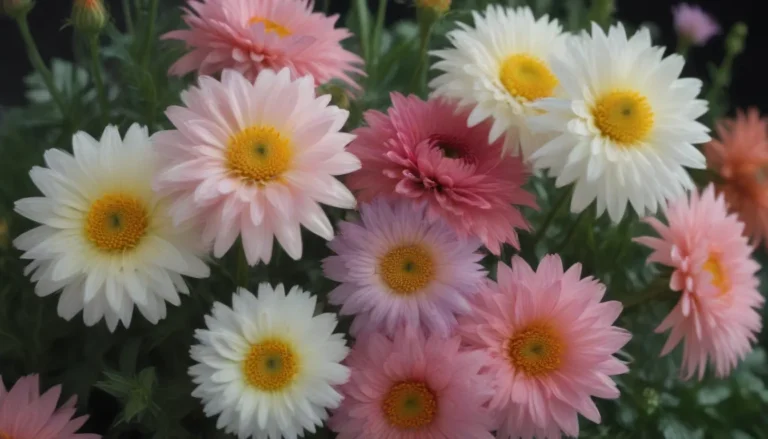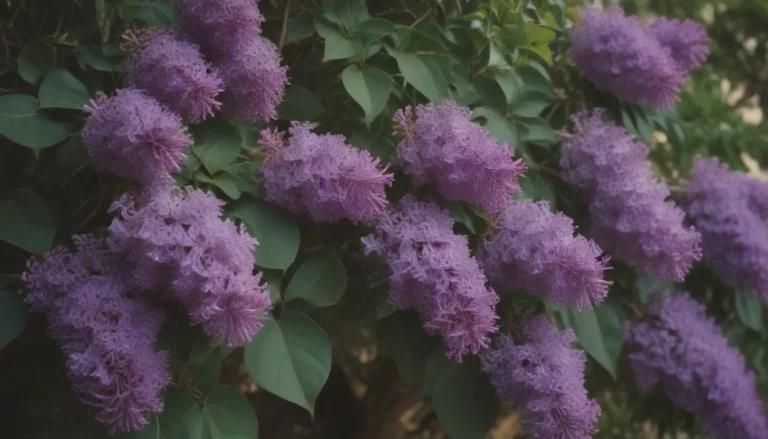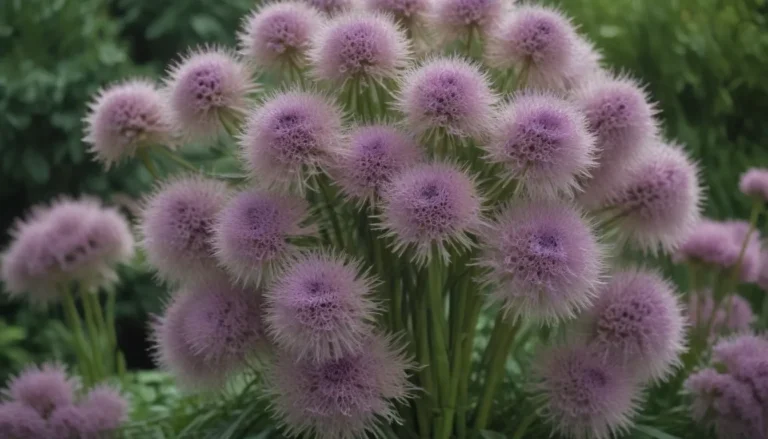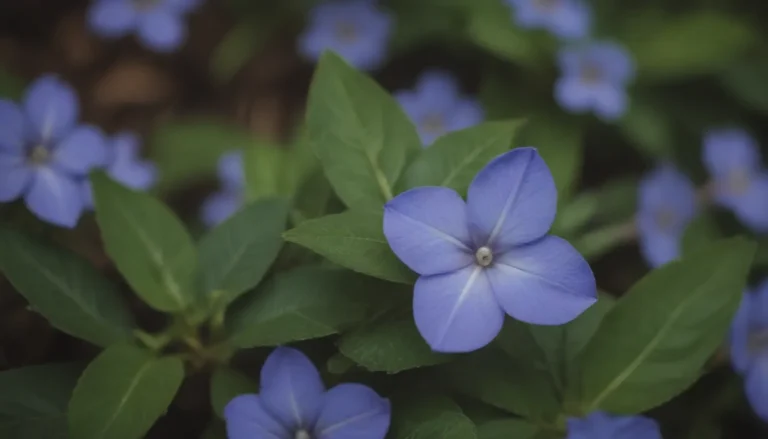The Ultimate Guide to Growing and Caring for Calathea Plants
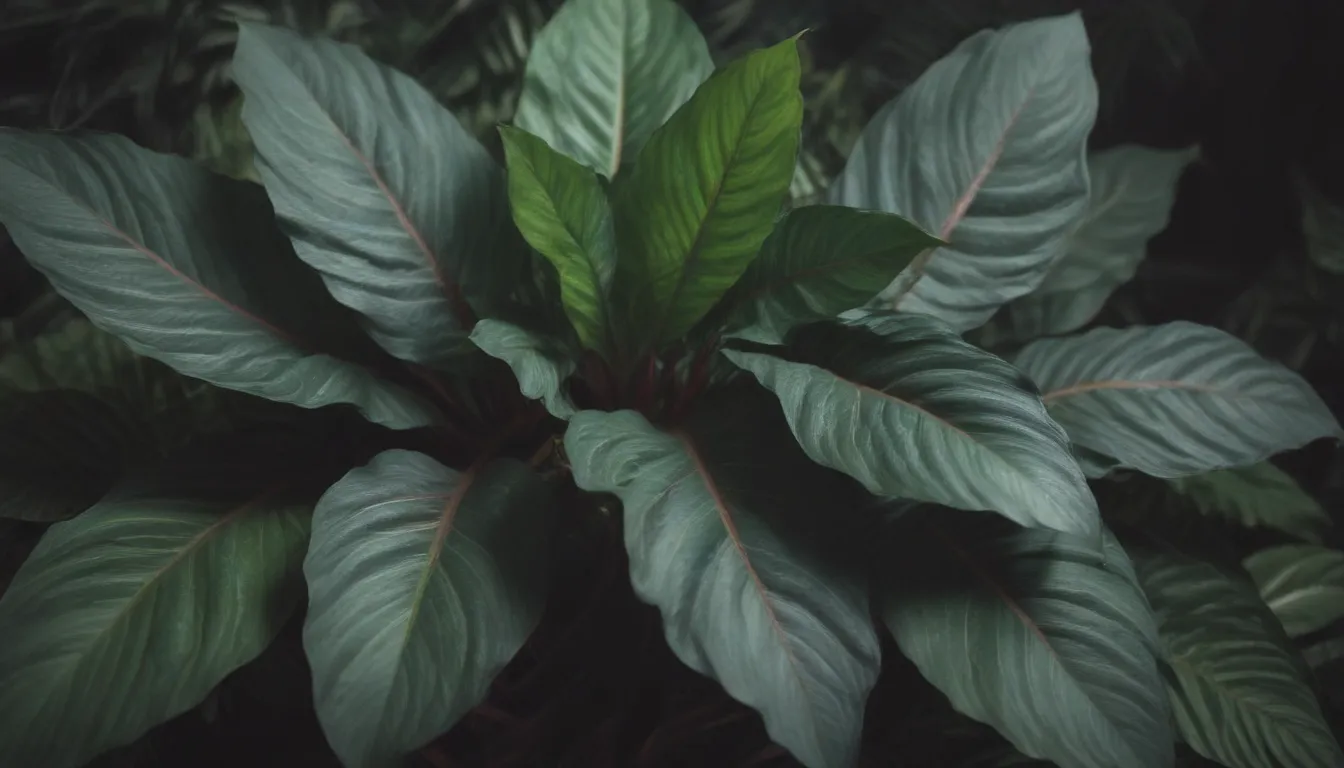
Are you a fan of tropical plants with bold, vibrant foliage? If so, you’ll love the Calathea genus. These stunning plants are known for their uniquely marked, oblong leaves that come in a dazzling array of colors. Often referred to as the zebra plant, peacock plant, or rattlesnake plant, Calatheas are a favorite among plant enthusiasts for their striking appearance and unique patterns.
In this comprehensive guide, we’ll delve into everything you need to know about growing and caring for Calathea plants. From light and soil requirements to watering and propagation tips, we’ve got you covered. So, grab a cup of coffee, sit back, and let’s dive into the wonderful world of Calatheas.
The Beauty of Calathea Plants
Calatheas are native to tropical environments where they thrive outdoors. However, they can also be grown indoors as houseplants, provided you can replicate their ideal growing conditions. While Calatheas may have a reputation for being somewhat fussy, they are rewarding plants to care for and can grow rather quickly when their needs are met.
Why Choose Calathea?
- Boldly marked, oblong leaves in a variety of colors
- Eye-catching stripes and veining
- Known as zebra plant, peacock plant, or rattlesnake plant
- Ideal for indoor spaces with filtered light
Calathea Care 101
Caring for Calatheas can be challenging due to their specific requirements and sensitivity to neglect. However, with the right conditions, these plants can thrive both indoors and outdoors. Here are some tips for providing the best care for your Calathea:
Light
Contrary to what you might expect from a tropical plant, Calatheas prefer filtered light or shade. They are accustomed to growing beneath a canopy of trees in their native environment, so avoid exposing them to direct sunlight. Indirect sun from an east-, south-, or west-facing window is ideal for indoor Calatheas. Remember to rotate your plant to ensure even sun exposure.
Soil
Calatheas thrive in loamy or humus-rich soil with a slightly acidic to neutral pH. Opt for a peaty potting mixture that is lightweight and airy, or choose a specialty mix designed for African violets.
Water
Keep your Calathea’s soil consistently moist but not waterlogged. These plants enjoy regular watering but can suffer if their roots sit in soggy conditions.
Temperature and Humidity
Maintain temperatures between 70 and 85 degrees Fahrenheit for optimal growth. Calatheas prefer humidity levels of 50% or higher, making them perfect candidates for humid environments like terrariums or rooms with a humidifier.
Fertilizer
Feed your Calathea plant with a balanced liquid fertilizer at half strength once a month during the growing season (spring, summer, and fall). Avoid fertilizing in winter when growth naturally slows down.
Types of Calathea Plants
The Calathea genus includes a variety of species, each with its unique features and characteristics. Some popular Calathea species include:
- Calathea orbifolia: Known for its large, round leaves with silver-green stripes
- Calathea makoyana: Also called peacock plant, featuring pale green leaves with dark green markings
- Calathea ornata: Notable for its ornate pink stripes against dark green foliage
Propagating and Growing Calathea
Propagating Calatheas is a cost-effective way to expand your plant collection and preserve desirable traits. Root division is the most successful method for propagating Calatheas, best done during the plant’s active growing period in spring or summer. Here’s how to propagate your Calathea:
- Choose a healthy parent plant that is at least two years old.
- Carefully separate the roots to create new plant divisions.
- Plant the divisions in suitable soil and provide adequate care for optimal growth.
If you’re feeling adventurous, you can also try growing Calatheas from seeds. While starting from seeds can be challenging, it’s a rewarding way to experience the full growth cycle of these beautiful plants.
Potting and Repotting Calathea
When potting your Calathea, select a container with ample drainage holes to prevent waterlogging. Repot your plant every few years in a slightly larger pot to accommodate its growing roots. Avoid overcrowding the roots, as root-bound plants can become weakened and unhealthy.
Remember to water your Calathea thoroughly before repotting to minimize stress on the plant. Gently transfer the rootball to the new pot, ensuring it sits at the same depth as before. Use fresh potting mix to surround the roots and support healthy growth.
Overwintering Calathea Plants
If you live in a region where temperatures drop below 60 degrees Fahrenheit during winter, it’s best to bring your Calathea indoors. Ensure your plant receives adequate humidity and warmth to thrive during the colder months. Check for pests before transitioning your plant back inside, as garden pests can harm your Calathea if left unchecked.
Troubleshooting Common Calathea Problems
While Calatheas are relatively low-maintenance plants, they can experience issues if their growing conditions are not optimal. Here are some common problems you may encounter and how to address them:
Browning Tips
If you notice the edges of your Calathea’s leaves turning brown, increase your watering frequency. Check the soil moisture level and adjust as needed to keep your plant healthy.
Leaves Turning Yellow
Calatheas are sensitive to minerals in tap water, which can cause their leaves to yellow. Use filtered water, rainwater, or let tap water sit out overnight to allow chlorine and fluoride to evaporate before watering your plant.
Wrapping Up
Calatheas are stunning plants that can add a touch of tropical elegance to any indoor space. By providing the right care and attention, you can enjoy vibrant foliage, unique patterns, and even the occasional bloom from your Calathea plants. Remember to mimic their natural growing conditions, including filtered light, regular watering, and adequate humidity, to ensure your Calatheas thrive.
Whether you’re a seasoned plant enthusiast or a beginner looking to green up your home, Calatheas are a fantastic addition to any plant collection. With their striking appearance and rewarding care requirements, these plants are sure to bring joy and beauty to your indoor oasis. So why not bring home a Calathea and watch it flourish under your care? Happy planting!
